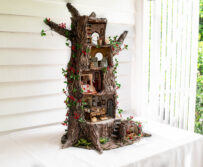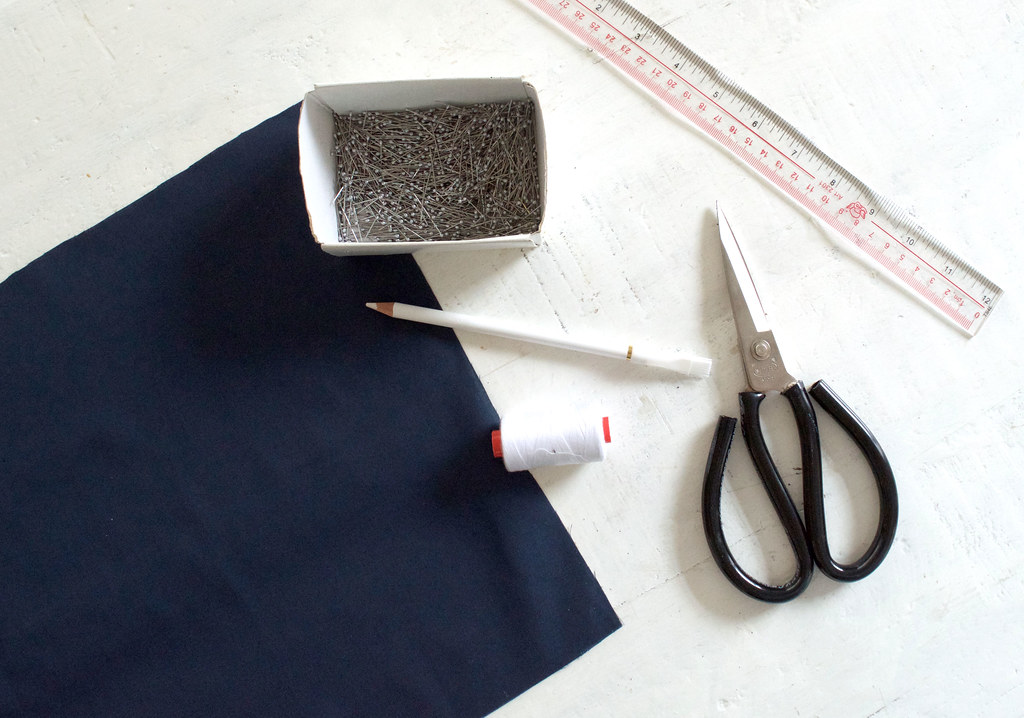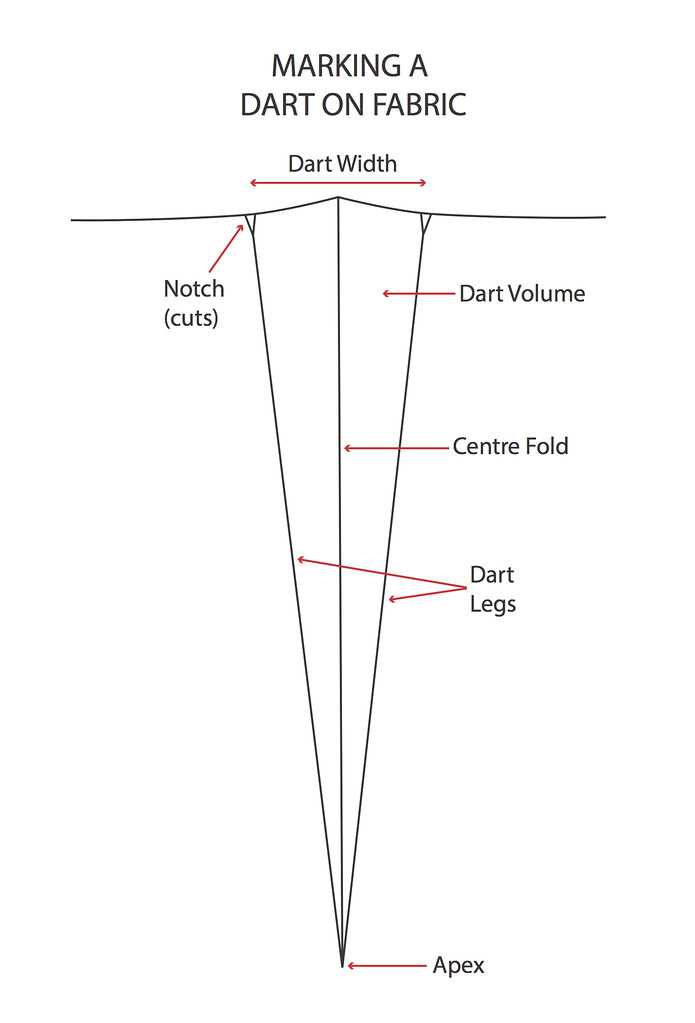Another in our series about helping you sew better! Darts are ideal for shaping fabric and removing excess volume so that the garment fits smoothly around the curves of the body – I’ve used them in almost every Before & After project I’ve done in order to add a modern edge to a vintage (or, completely dowdy) style. Although, I have to admit that sewing a dart can sometimes be more hassle than it’s worth. There are times where I’ve ended up creating more lumps and bumps than when I started, or if we’re talking bust darts, I’ve made one or two not-so-subtle recreations of Madonna’s cone bra. It’s been a case of trial and error too as results also vary depending on the type of fabric I’m using, cottons and linens are always easier to sew than silks and polyesters which are notoriously slippery. Here are a few tips I’ve learnt along the way that have helped me in conquering darts and I hope they are helpful to you too!
How To Sew Darts
You need
- Fabric or a garment (we used a cotton poplin)
- Tailor’s pencil
- Scissors
- Ruler or measuring tape
- Sewing machine and thread
How to
- Mark the dart onto the fabric with tailor’s chalk. It’s important to mark the position of the apex of the dart as precise as possible.
2. Make a nick (i.e. a small cut about 3mm deep) at the notch positions. These cuts make it easier to match the two legs of the dart together when folding the dart in half later on.
3. Mark a point 1cm above the apex. This is the point you will taper towards when sewing (refer to diagram in Step 6).
4. Fold the dart in half along the centre fold line and pin to secure.
5. Always begin sewing at the base of the dart where the notches are. Using the dart leg as a guide, sew the dart together coming in towards the fold so that your needle ends up about 1mm from the centre fold of the dart at the 1cm mark (refer to diagram in Step 6).
6. From the 1cm mark to the apex stitch consistently 1mm away from the edge.
7. Once you’ve reached the apex, don’t back stitch as this will create unnecessary bulk but leave a tail of thread. We will use this to secure the end of the dart
8. Tie a knot at the end of the dart and cut the thread leaving a 1cm “tail”. This will prevent the thread from unravelling when the garment is being worn or washed.
9. Using the head of your ironing board or an ironing arm or ham (a round, firm cushion that mimics the curves of the body and helps shape fabric), iron the dart volume to one side. This also helps mould the fabric to shape.
Go forth and dart guys!


























